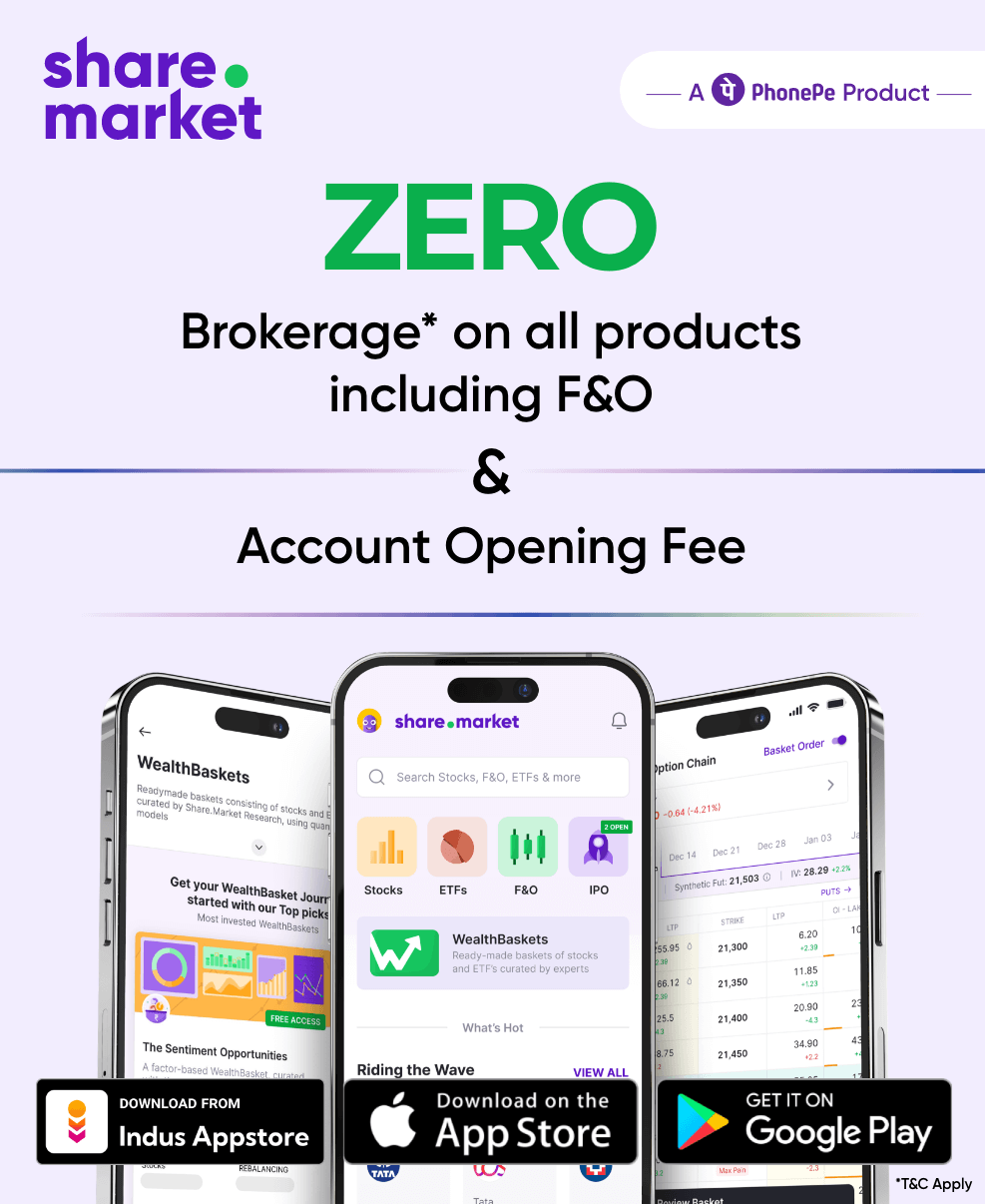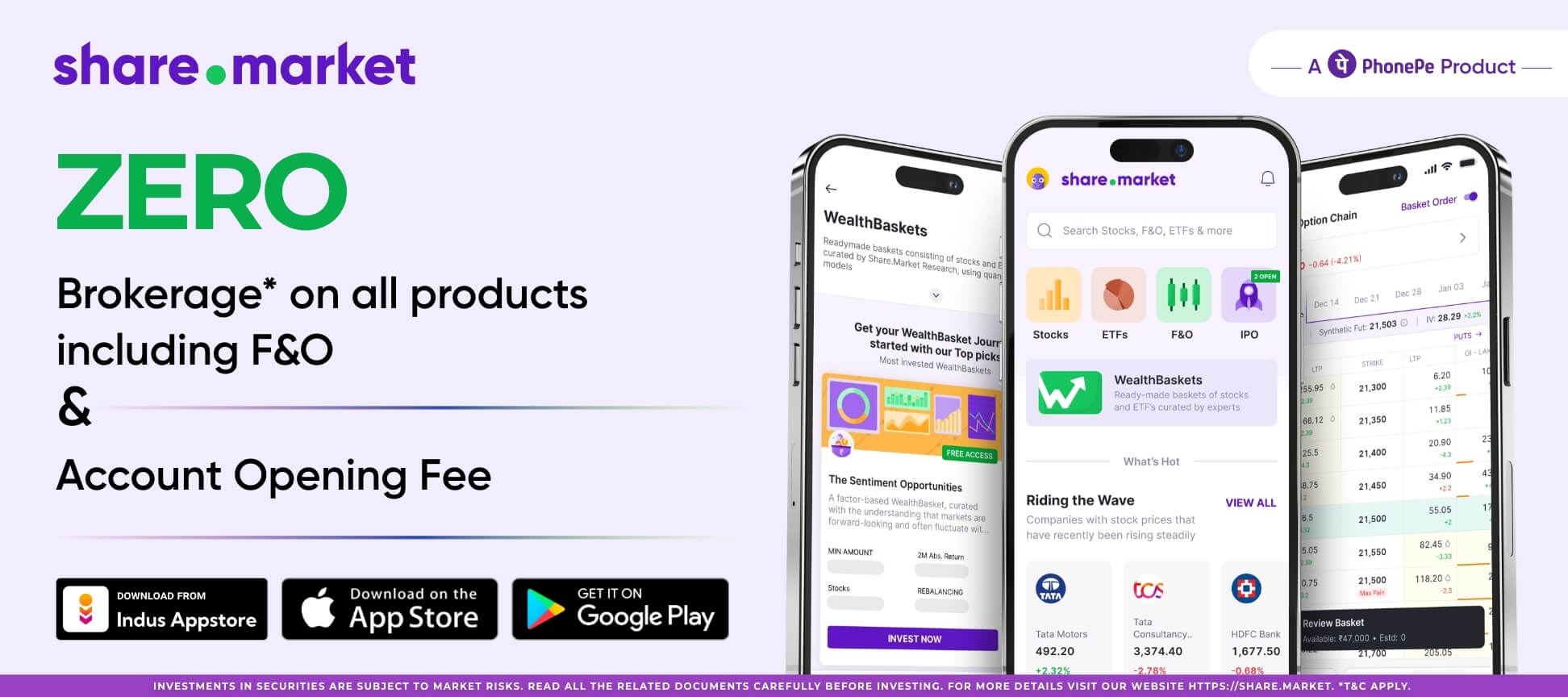
Understanding the Key Differences Between Mainboard and SME IPOs
In stock markets, Initial Public Offerings (IPOs) play an important role for companies, allowing them to raise capital against their shares from the public for the first time. But there are different types of companies and their fundraising needs are also different.
Hence, in India, the concept of IPOs has evolved, giving rise to two distinct types: Mainboard IPOs and SME IPOs. In this blog you will find out the similarities, differences, and the significance of both SME and mainboard IPOs in the Indian market.
What is an IPO, and how does it work?
An Initial Public Offering (IPO) refers to the process through which a private company offers shares to the public for the first time on a stock exchange like BSE or NSE. It enables the company to raise capital from the market through investors, thereby facilitating its expansion and growth.
In an IPO, investors can purchase shares of the company, thus becoming partial owners and sharing in the company’s profits and losses.
What is a Mainboard IPO, and what is its eligibility criteria?
Mainboard IPO is conducted on the mainboard of the stock exchanges, such as the BSE and NSE in India. Companies that are large, well-established, and have a proven track record of profitability are typically the ones that go for a Mainboard IPO.
To be eligible for a Mainboard IPO, a company must have
- A post-issue paid-up capital of at least INR 10 crores
- A track record of profitability for at least the previous three years
- A minimum of 25% of the IPO proceeds must be used for growth or expansion purposes
- The company must file a draft red herring prospectus (DRHP) with the Securities and Exchange Board of India (SEBI) for approval.
- The IPO must be underwritten by at least one SEBI-registered merchant banker.
- The company must appoint a market maker to provide liquidity for its shares after the IPO.
- The company must meet the listing requirements of the stock exchange on which it is seeking to list.
What is an SME IPO, and what are its eligibility criteria?
SME IPOs are meant for Small and Medium Enterprises (SMEs) and are listed on the SME platform of the stock exchanges.
To be eligible for a SME IPO, a company must have
- A post-issue paid-up capital of between INR 1 crore and INR 25 crores
- A track record of profitability for at least the previous one year
- The company must file a draft red herring prospectus (DRHP) with the stock exchange for approval.
- The SME IPO requires complete underwriting, with 15% underwriting mandated from the merchant banker’s account.
- The company must appoint a market maker to provide liquidity for its shares after the IPO.
- The company must meet the listing requirements of the stock exchange on which it is seeking to list.
Differences between Mainboard and SME IPOs:
| Basis of difference | Main Board IPO | SME IPO |
| Issue eligibility norms | SEBI has established rigorous and intricate issue eligibility norms and guidelines for mainboard IPOs. | SME IPOs adhere to more relaxed eligibility criteria. |
| Post-issue paid-up capital | Post-issue paid-up capital of at least Rs 10 crore at face value. | Companies are mandated to maintain a minimum post-issue paid-up capital of Rs 1 crore, with an upper limit of Rs 25 crore. |
| Number of allottees | A regular IPO necessitates a minimum of 1,000 subscribers or allottees. | The minimum number of allottees in an SME IPO is significantly lower at just 50. |
| Minimum application or trading lot size | Mainboard IPOs typically specify a minimum application value or trading lot of Rs. 10,000-Rs 15,000. | The minimum application size in an SME IPO is notably higher, ranging from Rs 100,000 and above. |
| IPO underwriting | Underwriting is optional for mainboard IPOs, provided that 50% of the allocation is allocated to Qualified Institutional Bidders (QIBs). | SME IPOs must be 100% underwritten, with 15% of the underwriting coming from the merchant banker’s account. |
| IPO offer documents | Draft Red Herring Prospectus (DRHP) must be submitted to SEBI for examination in the case of mainboard IPOs. | DRHP and Prospectus for SME IPOs are scrutinized and reviewed by the stock exchange itself, without the necessity of SEBI observation. |
| IPO Timeframe | The process for a regular IPO typically spans approximately 6 months or more. | An SME IPO can be issued to the public within a timeframe of 3 to 4 months. |
| Market making | Mainboard IPOs do not require post-issue market making. | Market making is obligatory for SME IPOs to ensure liquidity. |
| Reporting | The entity issuing the IPO must audit its financial statements quarterly. | SME companies are obligated to audit their financial statements semi-annually. |
Final Thoughts
Through the differentiation of Mainboard and SME IPOs, the Indian stock market provides an environment that recognizes the unique financial requirements of companies. This promotes accessibility and growth for businesses at every stage of their journey.
Investors who want to explore investment opportunities in the Indian market can choose stocks from both Mainboard and SME IPOs, and gain benefits by investing in these IPOs.
FAQs
Mainboard IPOs are for larger, established companies, while SME IPOs cater to small and medium-sized enterprises at earlier stages of growth.
Yes, SME IPOs can help build a credible track record and increase visibility, paving the way for a successful transition to a mainboard listing in the future.
SME IPOs face risks including liquidity challenges, lower investor awareness, and potential price volatility due to relatively lower market capitalization.
Yes, Mainboard IPOs generally have lower minimum application upto ₹15000 and smaller lot size compared to SME IPOs.
Disclaimer: https://share.market/terms-conditions

